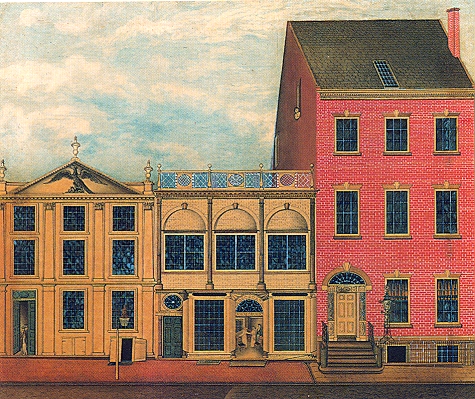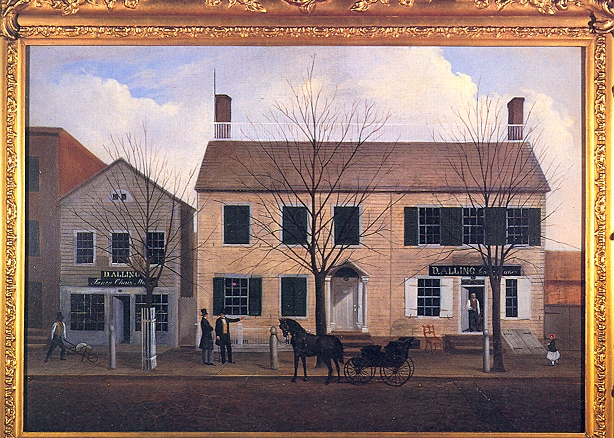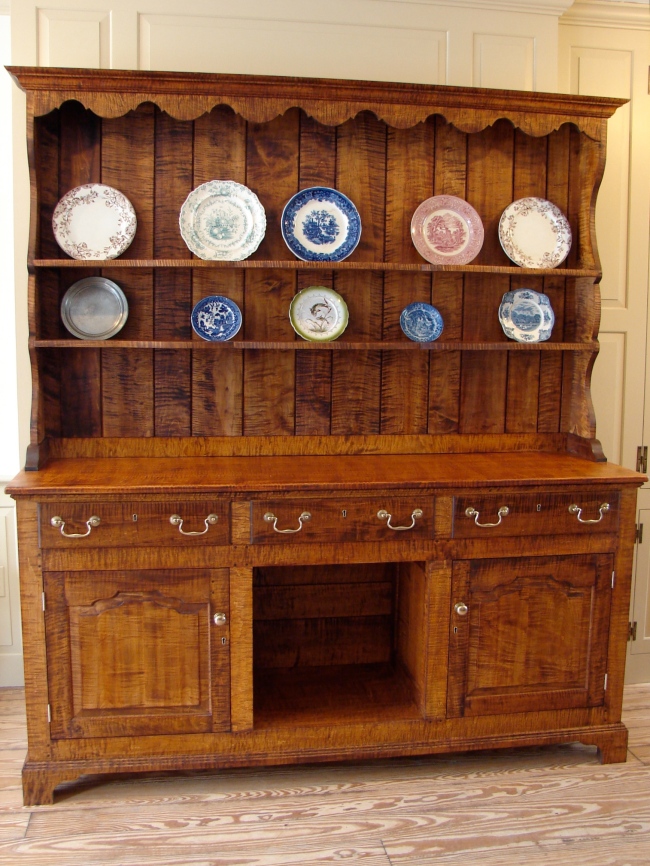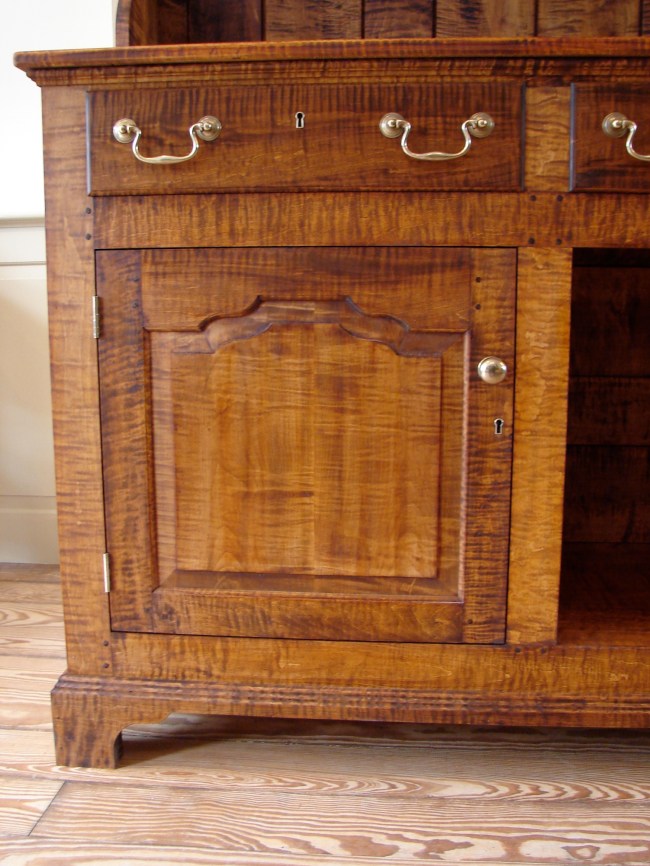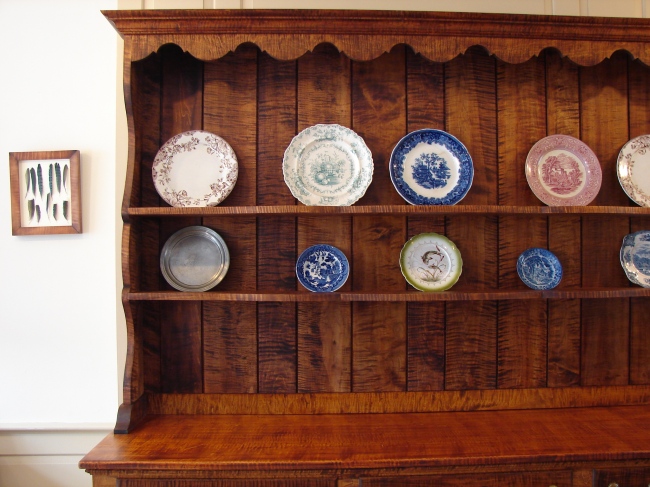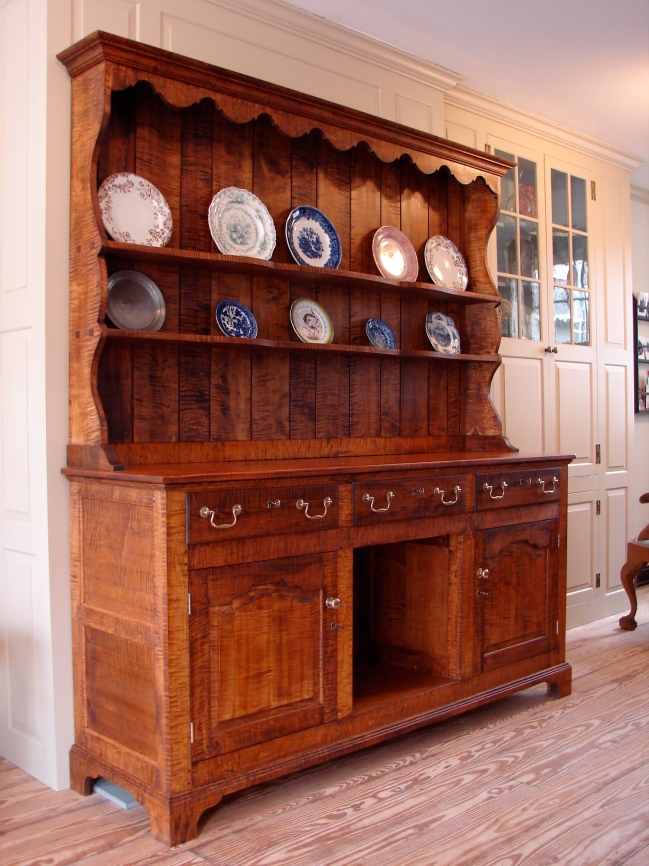Home Office

We all need a place to work. A place where you can keep all those things you need to get the work done. It’s great if you have a room for the purpose, but you may have to be more versatile. In this case the workspace is combined with the entertainment center.
 The left half of this unit is for work. There are file drawers, large and small storage drawers and a pull-out work surface for a keyboard and mouse. Cables run behind the back of the cabinet to reduce clutter. The right half holds a TV, DVD player and video game systems, as well as shelves for books and discs.
The left half of this unit is for work. There are file drawers, large and small storage drawers and a pull-out work surface for a keyboard and mouse. Cables run behind the back of the cabinet to reduce clutter. The right half holds a TV, DVD player and video game systems, as well as shelves for books and discs.
 The idea is to have a sliding door that covers one half of this unit depending on which side is in use. The door would have another door in it to allow access to the covered side.
The idea is to have a sliding door that covers one half of this unit depending on which side is in use. The door would have another door in it to allow access to the covered side.
 Most of the grain on these walnut cabinets is vertical so I made the drawer fronts run the same way, which makes it feel more modern. I also think its symmetry makes it calming.
Most of the grain on these walnut cabinets is vertical so I made the drawer fronts run the same way, which makes it feel more modern. I also think its symmetry makes it calming.  The work surface also has space inside for the keyboard and more.
The work surface also has space inside for the keyboard and more.
Happy Birthday to … my tool chest.
Happy Birthday tool chest happy birthday to you. I just realized it’s 14 years old! I made it at The North Bennet Street School in Boston as the first requirement of the Cabinet and Furniture Making program. It is the first case piece I ever made.
All North Bennet Street tool chests have some common features among them. They have a maximum size, maximum number of drawers (6) and a way to lock it up. It is remarkable how many combinations of drawers, doors, woods, locks, and hardware there are. Each one is as individual as its maker.
It holds my marking and measuring tools and card scrapers in the top row of drawers, next level is chisels/gouges and files/rasps followed by odd tools, thread cutters & etc. and draw knives, scorps, hammers, bit braces at the bottom. The frame that my chest is attached to (the feet that is) I made for its first birthday.
The bottom drawer of the tool chest was carefully designed to hold my hand planes, they now reside in a cabinet on the wall.
Goodbye 2013!
The year started off with the completion of this carved oak vanity. The hardest part might have been photographing it! It just doesn’t fit in a frame.
From oaken vanity Welsh Dresser, here in curly maple. Probably my favorite for the year.
An architectural model.
Two copies of an early Queen Anne chair, with rush seats.
And a compass seat frame. The chair was made by someone else.
The key to Stockton!
Take your kids to work day!
Interior shutters.
A child’s size rocker in walnut.
Two Hadley trunks made of sassafras.
A full size, Chippendale, four poster with tester.

Wainscoting in my house.
My son found a child size windsor rocker, so we fixed it up, it fits him perfectly.
A walnut vitrine that I never got to photograph properly.
A set of Red cedar Campeche chairs.
And finally a New York Chippendale serpentine gaming table! I hereby resolve to post more this year!
Shopkeep.
This is the shop and warehouse of Duncan Phyfe, on Fulton Street in New York City c.1816. I think that must be his home on the right, otherwise why have it in the painting? Duncan Phyfe was a very successful cabinet maker in the early 19th Century and the first American to have a furniture style named after him, though not in his time. I’d love to have seen the City in this time period–look at all that sky! I also love the person peering out of the attic window.
This is the house, shop, and warehouse of David Alling on Broad Street in Newark, New Jersey c.1835 (attributed to Johann Jenny). David Alling was a tremendously prolific “fancy chair” maker (yeah,that’s a thing) and exporter who made tens of thousands of chairs and shipped them all over the south and mid-west. I love the bare trees in this painting, and all of the details.
And guess what, here’s my house and showroom in Lambertville, New Jersey c.2013. The sign is hidden by the still-leafy tree. It makes me happy to share something with these craftsmen and shop keeps of the past, who lived and worked and made furniture right there in the same place. It’s a rare thing these days for furniture to be designed, made, and sold by the same person in one place.
A place for everything.
Earlier this year I made this “Welsh dresser” for a person in Philadelphia. A Welsh dresser is kind of a catchall phrase here. It usually refers to any number of designs for kitchen storage, work, and display above and bellow. This design has a plate rack, three lockable drawers, two lockable doors and a center opening, sometimes called a kennel.
The monolithic piece is made of curly maple, a grain which causes the wood to shift color from dark to light depending on how the light is shining. Here it has been stained to a warm amber color. The effect is quite beautiful as the sun changes the light in the room throughout the day.
The lower section is a frame and panel construction with pegged mortise and tenon joints. The lipped drawers are made with hand cut half-blind dovetails . Hand carved tombstone panels liven up the doors. Grain and color of each board was carefully considered to give a unified facade. On top there are gently shaped shelves for plates and glasses. It is held together with hand cut dovetails and through wedged mortise and tenons. A carefully matched scalloped valance and crown molding top it all off.
Looking back at 2012
It’s been a long old year here at Antick. It all started with a new customer Mr. G—, an interesting fellow who likes to turn discarded lumber into unusual antiques. This is the first piece, a tall case clock made of old pine book shelves. He then paints or otherwise finishes them himself.
Reproducing a reproduction, again using reclaimed lumber, and a riff on the same form.
I also made a new stick for a cane, it’s ebony carved to resemble blackthorn.
I’ve already posted about this double sided bookcase. Then I made tables in cherry and curly maple.
Another reclaimed lumber chest and a thoroughly modern nixie tube clock out of a solid block of walnut.
A miniature blanket chest with drawer made of reclaimed pine.
Two compound angle dovetail projects in cherry.
A Queen Anne mirror in curly maple, and a Pennsylvania German bench.
This is an architectural model that is also a box, it’s a very cool design and was the first time I have cut a dovetail in plexiglass!
A ship model weathervane and solid wood skull made of bass wood.
More weathervanes, the top one is based on Albert Pinkham Ryder’s painting “the Racetrack”.
More architectural models.
This is a bathroom vanity made of white oak in an old english Elizabethan style. It is almost eleven feet long.
It will be stained quite dark. I love the rhythm of the scrolled cuts at the base and the many levels of mouldings and carving of the facade.
We are wishing for a happy, healthy and prosperous New Year for us all.
Double Sided Cabinet
This is a commissioned book case that I’ve just completed. It is made of cherry, with an oil, shellac and wax finish. It was designed to divid the space between a kitchen and great room and be accessible from both sides, one side is open and the other has doors. The case is quite large, 54″ long 36″ high and 22″ deep.
The case is a good height for a serving station during parties.The shelves accommodate most art books.
Hand cut half-blind dovetails join the sides of the case which sits on a frame supported by ogee bracket feet.
























